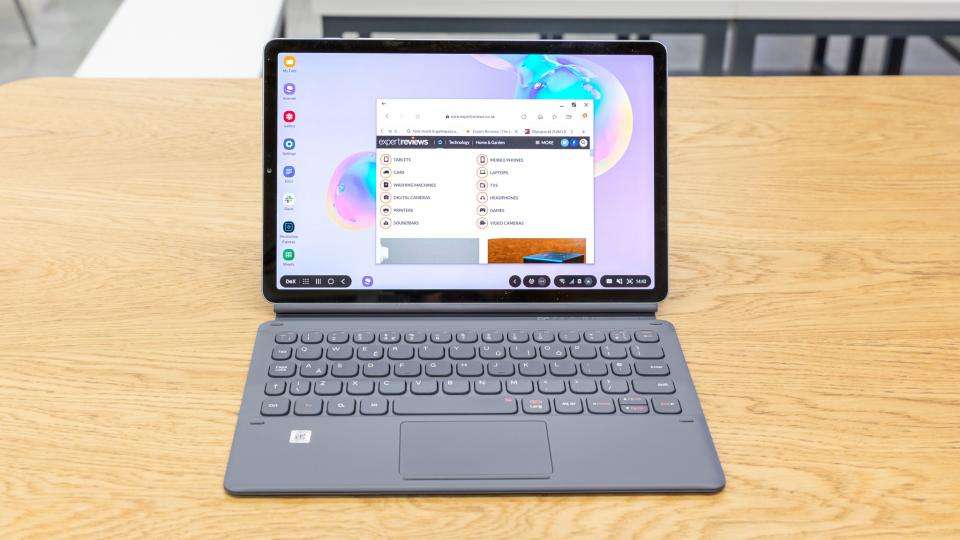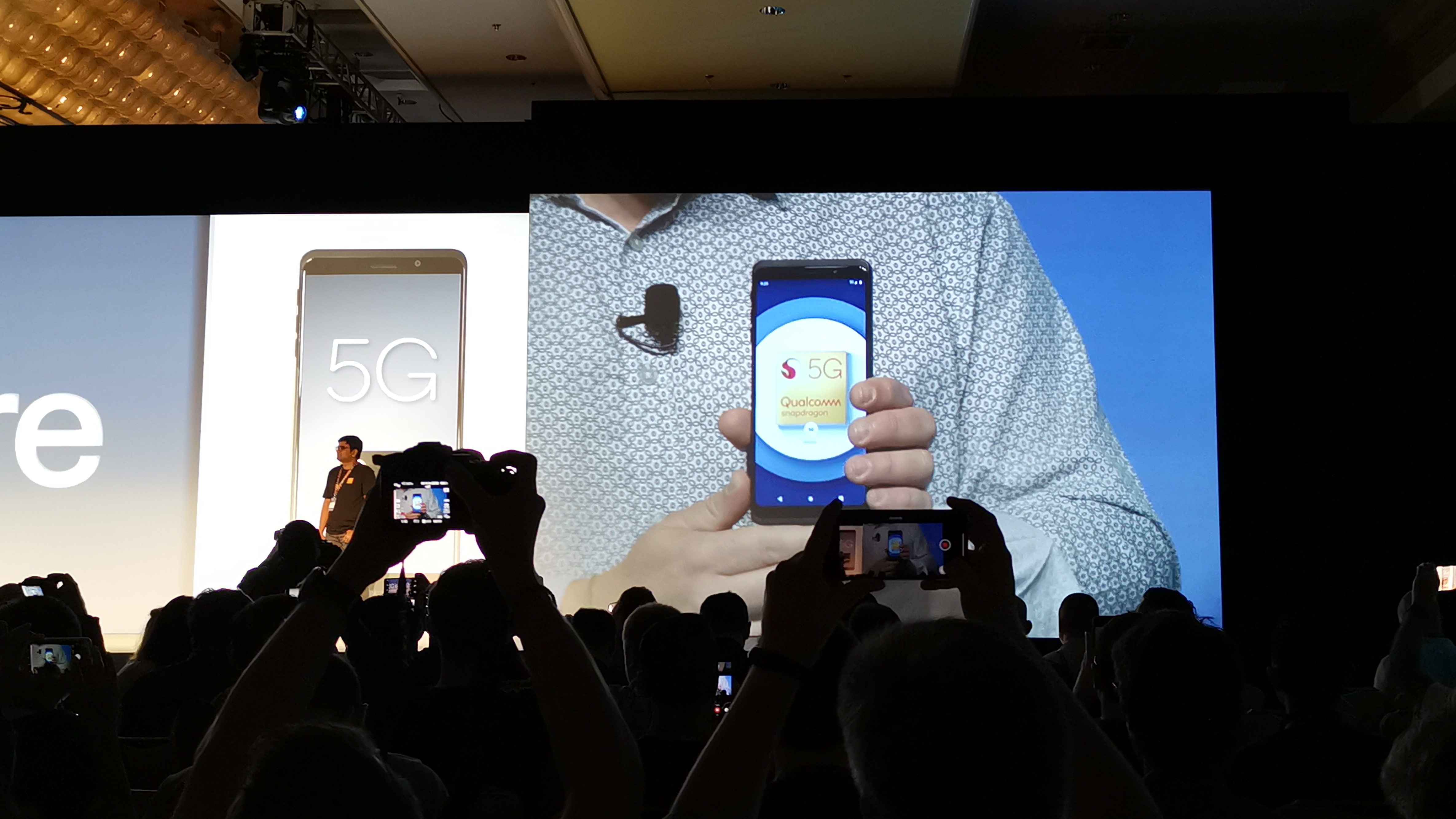Many Huawei users try to sign in to Google Classroom for school assignments, online lessons, and homework submission, only to find that the login page reloads, freezes, or refuses to move past the school account screen. These login failures are frustrating because they interrupt learning and cause students to miss important class updates. The issue does not come from the school account itself—instead, it usually results from browser settings, missing permissions, or blocked authentication steps. Huawei devices handle privacy settings, redirects, and saved data differently, and even small conflicts can break Classroom’s sign-in sequence. This guide explains why login fails and how users experiencing Google Classroom can't login school account on huawei can fix the problem smoothly and safely.

What Causes Login Problems With Google Classroom on Huawei Devices
Browser Restrictions Prevent Cookies and Verification Tokens From Saving
Google Classroom relies heavily on cookies to store login tokens and confirm that the user has completed each step of the sign-in process. When the browser blocks cookies—or does not allow third-party cookies—Classroom cannot remember the verification stage. As soon as the user enters their school email and password, the system fails to store the authentication token and loads the login page again. On Huawei phones and tablets, privacy settings may be stricter than expected. Some browsers automatically restrict cross-site tracking or delete session cookies too quickly. This breaks Classroom’s ability to carry login information across pages. Users think the password is wrong, but the real issue is the missing cookie storage. Enabling cookies and allowing the school domain to keep session data gives Classroom the tools it needs to finish verification and load the home dashboard properly.
Redirect Loops Occur When School Portals Use Multi-Step Sign-In
Most school accounts use a multi-layer authentication system. A student may start at Google Classroom, get redirected to the school portal, enter their credentials, and then return to Classroom. If Huawei Browser or another browser blocks one of these steps, the redirect chain breaks. The user enters their school email, presses “Next,” and the system sends them back to the start because it cannot pass the token through the redirect. This loop becomes endless when the browser drops session data mid-transition. Schools using single sign-on (SSO), identity gateways, or multiple redirect checks are the most affected, because each step depends on the previous one completing successfully. Allowing redirects, enabling pop-ups, and using a browser that can preserve session tokens across multiple pages often eliminates this problem immediately.
Outdated Cache and Stored Login Files Conflict With New Classroom Pages
Whenever Classroom updates its interface, old cached files stored in the browser may no longer match the new login scripts. When Huawei devices attempt to load these mismatched components, the page may refuse to progress or display repeated blank screens. Cache problems often appear when a student switches between personal Gmail and school accounts on the same device. The browser tries to reuse expired authentication files, causing Classroom to reject the login attempt. Clearing the cache removes these outdated files and forces the browser to load a fresh version of Classroom and the school’s verification portal. This simple reset restores the login flow, especially after Classroom updates, school portal changes, or repeated failed logins.
How Huawei Users Can Fix Google Classroom Login Issues
Configure Browser Privacy Settings to Support Classroom Authentication
The first step toward a successful login is giving the browser permission to store and process the information Classroom needs. Students should allow cookies, enable JavaScript, and disable overly strict tracking controls that interfere with school login portals. Huawei browsers sometimes block cross-site tracking, which affects redirects between Classroom and school identity pages. Turning off this option for the school domain ensures authentication tokens travel correctly through each sign-in stage. Pop-ups and redirects must also be allowed, because many school portals open in new tabs or rely on verification pages that appear temporarily before returning the user to Classroom. Once these settings are enabled, the login flow becomes significantly more stable and predictable.
Clear Cache to Reset the Login Process and Remove Old Session Conflicts
When login loops happen repeatedly, clearing the browser cache is one of the easiest and safest fixes. Removing cached data erases outdated files that interfere with current login scripts. Once cleared, the browser downloads fresh versions of the school portal and Classroom pages, which eliminates most compatibility issues. Restarting the browser, and if needed the device, ensures the session starts clean. Students who frequently switch between accounts benefit the most from this step because each login attempt adds more temporary files to the browser. Clearing the cache restores order and gives Classroom a stable environment to authenticate the school email without running into stored conflicts.

Switch to a Browser That Handles Redirects More Reliably
Different browsers handle school login portals differently. If one browser continually loops during login, switching to another often solves the problem instantly. Some browsers refresh too aggressively and delete session tokens before they reach Classroom, while others preserve them correctly. For example, Huawei Browser may loop with certain school domains, while Chrome installed through a trusted app source handles the redirect sequence smoothly. Microsoft Edge and Firefox (from legitimate sources) may also work better for some school authentication systems. Trying another browser gives users a quick way to bypass redirect issues without changing account settings. This is especially effective for schools with complex sign-in systems that include multiple redirect layers.
Conclusion
Huawei users often struggle to log in to Google Classroom because cookies are blocked, redirect chains are interrupted, or outdated cached data breaks the authentication flow. These issues stop Classroom from completing its multi-step verification process, leading to looping login screens or repeated sign-in failures. By enabling cookies, allowing redirects, clearing cache, and choosing a browser that supports school portals properly, students and teachers can fix the problem quickly. Once the device supports these essential steps, Classroom loads normally and recognizes school accounts without interruptions. With the right settings, Huawei users can rely on Google Classroom for assignments, lessons, and communication without facing login barriers.











